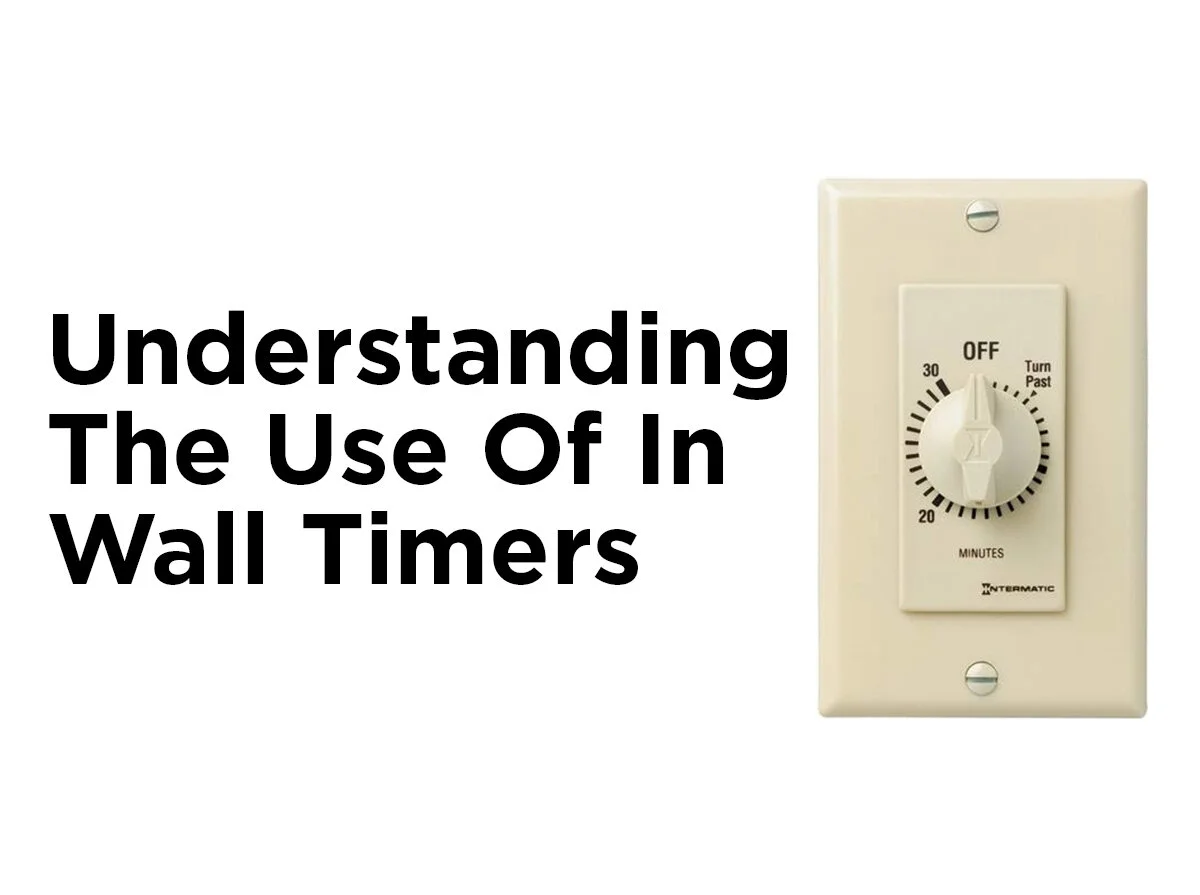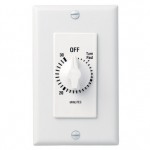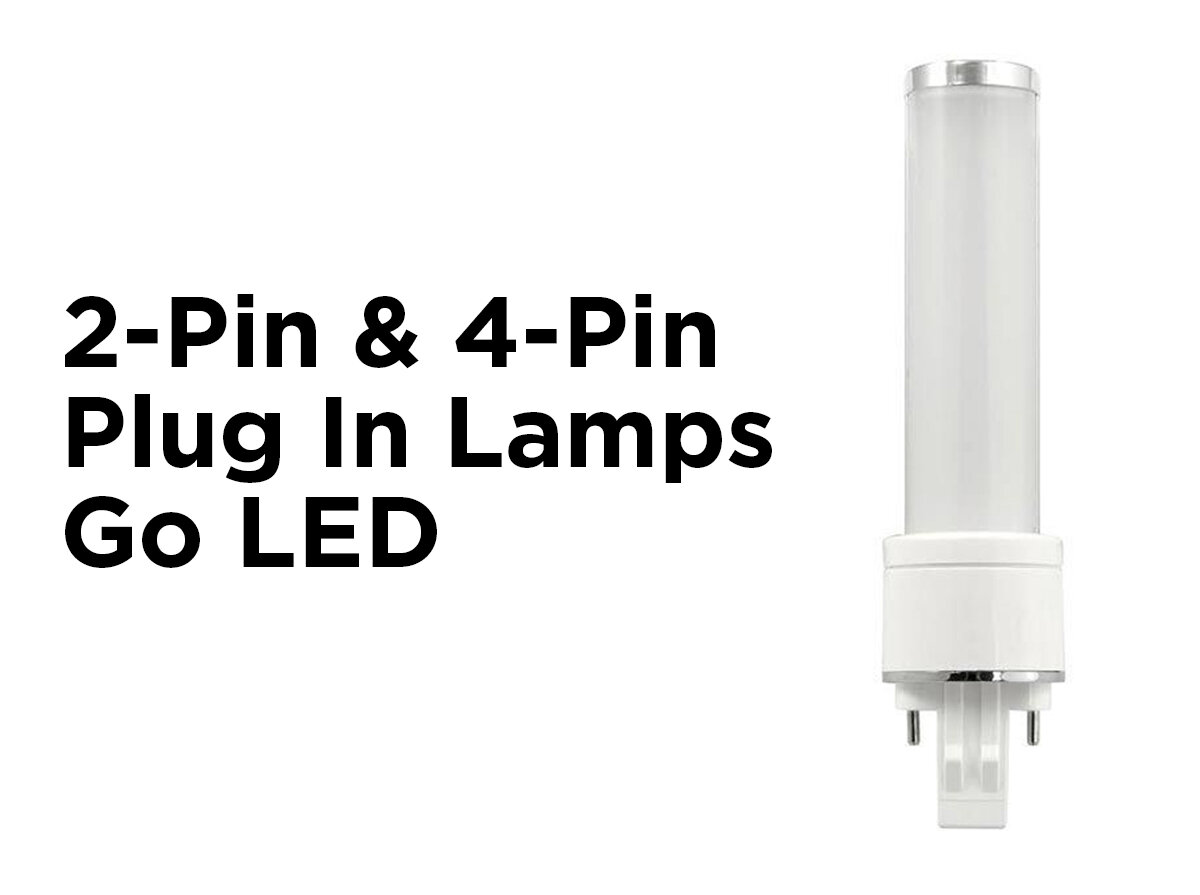Understanding the Use of In Wall Timers
You've just arrived home from a long day at work. Pulling into your dark driveway, you realize that not only did you forget to leave that light on, but your porch light is off as well. Annoyed and feeling slightly nervous, you fumble around with your keys in the dim moonlight and finally find the door key. Rushing inside, you vow to remember to always leave your entryway lights on. But wouldn't all of this have been so much simpler if the lights were programmed to turn off and on when you needed them? That’s just one of the reasons for using timers in your home.
In-Wall Timers
In-wall timers are the simplest step in moving your house towards an automated home or smart home. These simple-to-use devices give you control over lights, motors, heaters and other electrical devices without the use of multiple light switches. Some in-wall timers allow you to set and forget them, while others require a more manual set up. Based on the type of in-wall timer you choose to run your lighting, they may also program both indoor and outdoor lights.Based on the type of in-wall timer you choose to run your lighting, they may also control saunas, tanning beds, bathroom fans and heat lamps and indoor lighting.
Spring Wound In-Wall Timers
When in search of a more cost -effective solution for an in-wall timer, spring wound timers are an efficient choice. Spring wound timers turn circuits off and on within a minimal amount of time. Easy to use, spring wound timers do not use complicated programming schemes, but must be set manually every use by twisting the dial to set the timer for the duration you need. Though the timers are effective, they usually have a limited time cycle ranging from 15 minutes to 24 hours. Some of the best areas to use spring wound timers include spas, heat lamps and outdoor lighting.
Mechanical In-Wall Timers
Mechanical in-wall timers are considered the second generation of in-wall timers after spring wound. Usually using a spring or dial to operate, the timer mechanically turns circuits off and on. These timers are considered fairly reliable and also work well with bathrooms, entryways, hallways, holiday lighting, lamps and indoor and outdoor lighting. They are typically easy to set and have a number of on/off functions that can be set within a 24 hour period.
Electronic In-Wall Timers
Electronic in-wall timers are excellent for providing plenty of flexibility and control in different locations. Perhaps obviously, these timers turn circuits on and off electronically. With multiple functions electronic timers can be set for days and even holidays, giving you greater latitude than spring wound or mechanical in-wall timers. With some electronic in-wall timers you can set and forget it so long as your programming needs do not change. The biggest plus of using an electronic timer is they often operate using a 24 hour and 7 day a week system. This function allows you to program indoor and outdoor lighting in a more succinct and precise manner to accurately fit your changing schedule throughout the week. This function assures that lights are on and off when necessary. Typically, displays on electronic wall timers continually show the timer’s maximum wattage load, day of week, and time of day, however this information varies depending on your style of electronic in-wall timer. They may also be used with different bulbs for both indoor and outdoor lighting.
Digital Astronomic In-Wall Timer
Digital Astronomic timers are considered the most advanced types of in-wall timers. Similar to electronic in-wall timers, astronomic timers have multiple functions. To set the timers you choose your city and the timer automatically knows the latitude and longitude of the area chosen. Typically digital astronomic timers require only a one-time set up. Astronomic timers automatically adjust for events, daylight savings time, sunrise and sunset. The timers can also be set and then forgotten about. According to Master Electrician Phil Davis of Texas Electrical, though these timers are the more expensive they are highly recommend because they can turn on any circuit related to time. Some areas these timers may be useful include porch lights, heaters and various rooms around the home. In choosing a digital astronomic timer be sure to note if it is conducive with the lighting system in your home. Not all digital timers work with all forms of lighting, For example, some timers may only function with incandescent loads, while others work with a variety of bulbs such as fluorescent, CFLs, and LEDs.
Feeling secure in your home is a major part of creating a comfortable living space. Not only do timers create a more succinct and comfortable living experience they help you to save money by reducing overall energy use per day. What have your experiences been with in-wall timers? Feel free to add any additional comments below and as always you can drop us a line through Facebook, Twitter, LinkedIn, Pinterest or Instagram!











